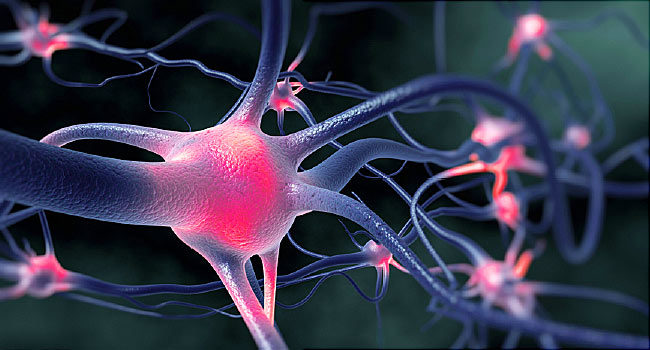
Permanent Nerve Damage for Some COVID-19 Survivors
But he and his colleagues suspect something about COVID-19 infection itself makes nerves more vulnerable to damage. Among the possible triggers: the increased inflammatory state brought on by SARS-CoV-2, the virus that causes COVID-19, as well as poor blood circulation and blood clotting.
Prone-triggered PNI may also result from “the way patients are positioned and the weight it may put on certain nerves for prolonged periods of time,” said Dr. Armeen Poor, an attending physician of pulmonary critical care medicine at Metropolitan Hospital Center in New York City, who reviewed the findings.
Another possible contributor: overworked hospital staff.
During the height of the pandemic, said Poor, “many hospitals were proning more patients at a time than usual. This excess strain on staff could have compromised the frequency of careful patient repositioning while prone, and potentially increased the risk of nerve injury.”
Dr. Nicholas Caputo, an associate chief and attending emergency physician at Lincoln Medical and Mental Health Center, Bronx, N.Y., also reviewed the findings. He said it’s important to recognize that this study focused only on patients proned while on a ventilator.
But, he noted, proning has been successfully deployed among non-ventilated patients, often in hopes of staving off ventilation. Such “self-proning” patients are awake and “instructed to change positions if they become uncomfortable.”
In the intensive care unit, however, ventilated patients are generally proned for eight to 12 hours before being turned, Caputo said. “This puts much more pressure on certain areas of the body, and places the patients at risk for complications such as peripheral neuropathies,” he added.
Hoping to reduce prone-linked PNI risk among intubated patients, Franz’s team has been “mapping” regions most vulnerable to nerve damage. That information could help doctors, nurses and physical therapists deploy modified positioning, extra padding and protection of vulnerable areas. Wearable sensors could be used to “measure and monitor [the] loading of nerves,” he said.
“In medicine we focus on ‘ABCs’ — airway, breathing and circulation — when there is an emergency,” Franz said. “Intubation and proning positioning fall within these categories and save lives. This is always the first priority. We do think these added measures will help prevent these nerve injuries, however.”
The findings have not yet been peer-reviewed but were reported online recently in medRxiv in advance of publication in The British Journal of Anaesthesia.
WebMD News from HealthDay
Sources
SOURCES: Colin Franz, MD, PhD, assistant professor, physical medicine and rehabilitation, and neurology director, Regenerative Neurorehabilitation Laboratory, Northwestern University Feinberg School of Medicine, Chicago; Nicholas Caputo, MD, MSc, associate chief and attending physician, department of emergency medicine, Lincoln Medical and Mental Health Center, Bronx, N.Y., and associate professor, clinical emergency medicine, Weill Cornell Medicine, New York City; Armeen Poor, MD, attending physician, pulmonary critical care medicine, Metropolitan Hospital Center, New York City, and assistant professor, medicine, New York Medical College, New York City;The British Journal of Anaesthesia, September 2020, online
Copyright © 2013-2020 HealthDay. All rights reserved.
Source link
